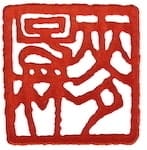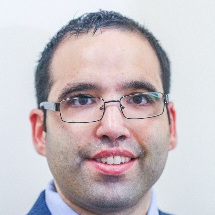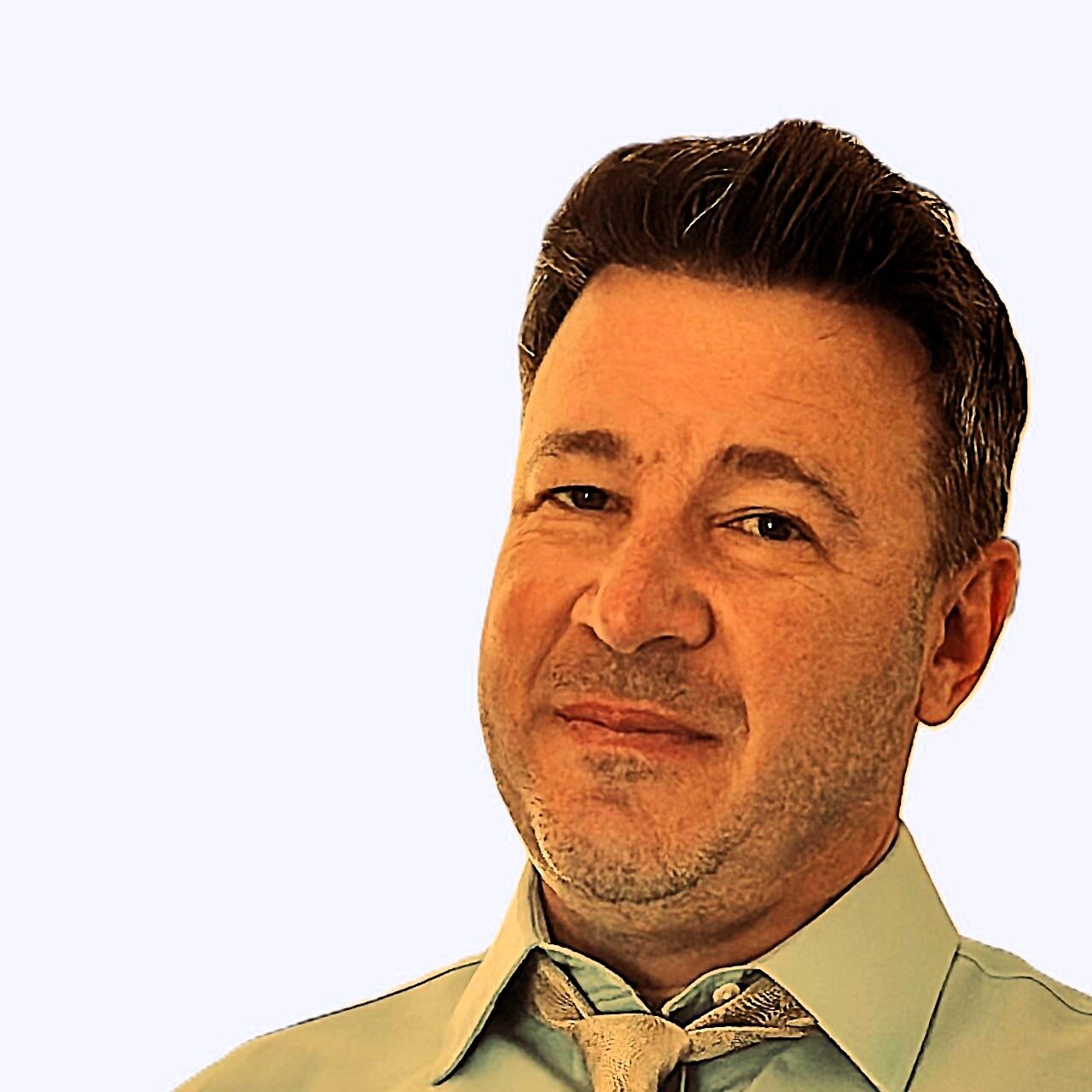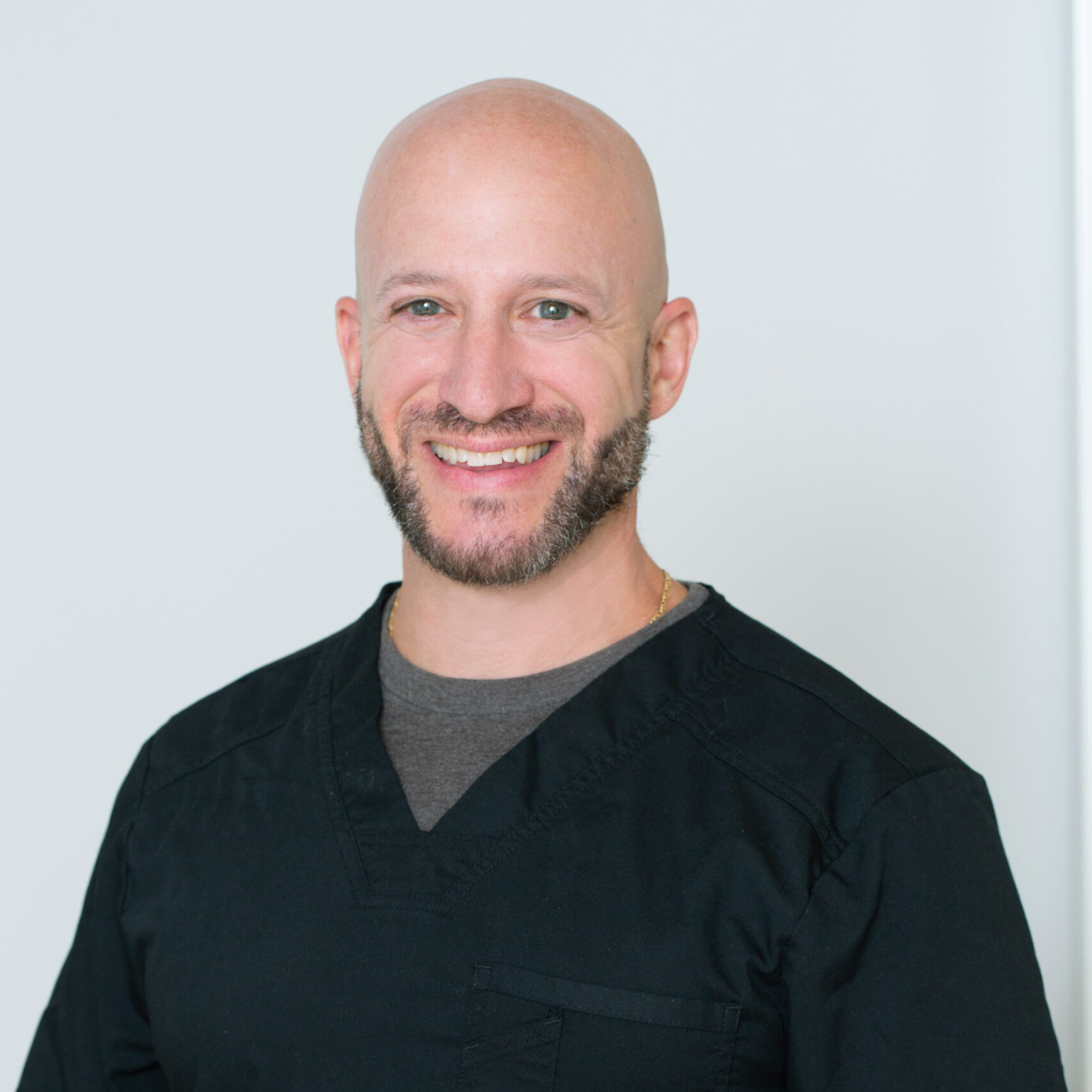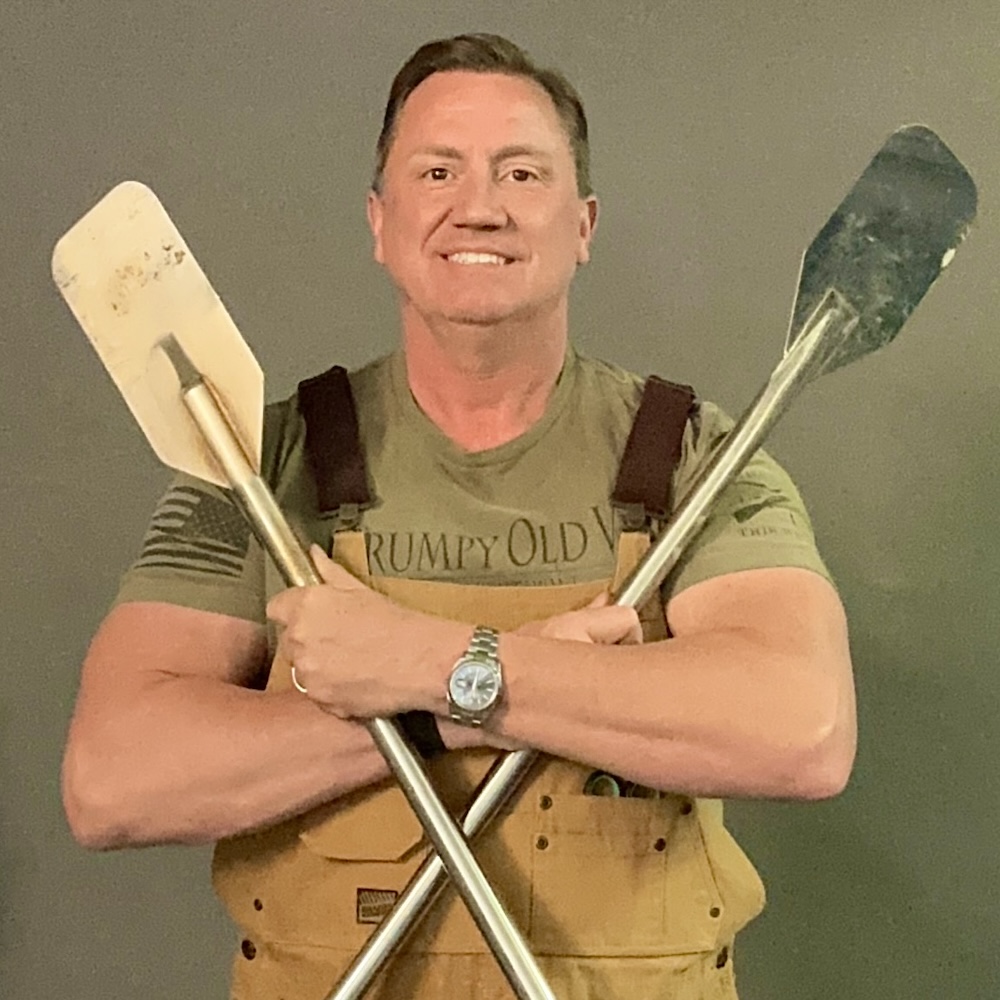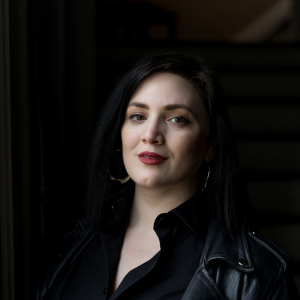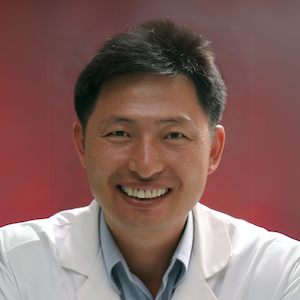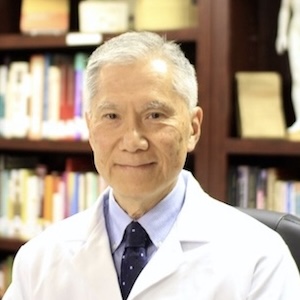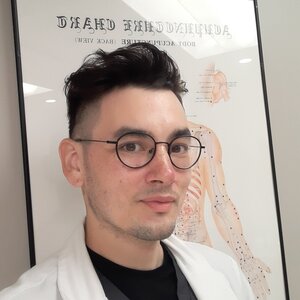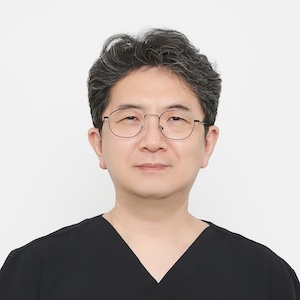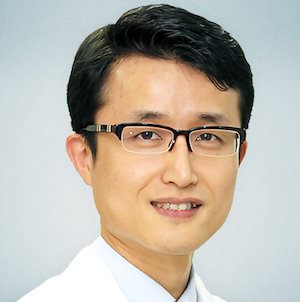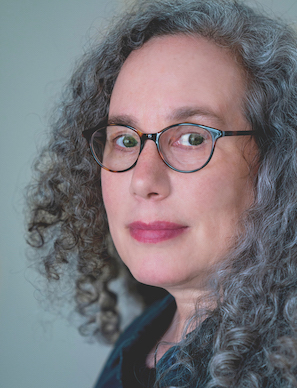Hi Shana,
Yes I realized my information on that topic was a bit confusing. A little bit of problem when speaking English.
I will best just copy paste here the English translation of my (German) textbook on that topic.
Regarding LI JG:
"Back pain when bending forward or contraction of the back forward: If the patient has pain when bending forward or a contraction of the spine in the frontal direction, but straightening up from a bent forward position of the back is comparatively easy or possible without discomfort, in SaAm acupuncture the Large Intestine energy is preferably used. Lung and Large Intestine belong to the element metal, this symbolizes the physical support structure or frame of the body. When a bending forward or keeping the back in a bent forward position (e.g. working while bent forward) is accompanied by discomfort, one can assume a relative excess of Tai Yin energy on the front or Yin side of the body and a relative deficiency of Yang Ming energy on the Yang or back side of the body. LI JG strengthens the yang side and thus balances a relative abundance of Tai Yin.
For back pain, this theoretical concept provides a quick and effective tool for the treatment of all kinds of pain. Depending on which direction of movement of the spine is disturbed - contraction or extension - either Yang Ming or Tai Yin energy must be supported."
Regarding LU JG (it is the same idea just reciprocal):
"Back pain during straightening the spine from a bent forward position, (hyper-)extension backward or kyphosis: Lung energy is therapeutically preferred for back pain when bending the patient forward is possible, but straightening from a forward bent position of the back or extension backward beyond the normal vertical position of the back cannot be performed without pain. Lung and Large Intestine both belong to the element metal, this symbolizes the physical support structure of the body. When straightening or bending backward is accompanied by discomfort, one can assume a relative excess of Yang Ming energy on the yang or back side of the body and a relative deficiency of Tai Yin energy on the yin or front side of the body. If both bending forward and moving the back posteriorly cause discomfort, the relative strength of the discomfort comparing the two directions of movement can also give an indication of which treatment strategy is more appropriate.
In the case of back pain, this theoretical concept provides us with a very simple but effective tool for the treatment of all kinds of (lower) back pain: Depending on which direction of spinal movement is disturbed, contraction or extension, either Yang Ming or Tai Yin energy must be supported. Lung JG strengthens Tai Yin energy and thus balances a relative excess of Yang Ming. This way of thinking can also be used for more solidified pathological structures of the spine: In cases of hyperkyphosis (hunchback / gibbus), Lung JG is also considered as a treatment strategy."
For clinical treatment, you can ask your patient, "do you have more pain while bendig forward or while coming back from a bent forward postion upward or by hyperextension of the back?" Practically, you can make them bed forward and come up again and make them bent backward hyperextending the spine while standing. Then check which is (realtively) worse. You can also make your patient intentionally contract the muscles of the lower back while lying on the treatment bed (increase the lordosis of the lumbar spine) if this hyperextension is increasing pain it is also an indicator of using LU JG.
You can use this as a quick fix for example for acute back sprain without going deeper into diagnosis. In case you can not really decide if LU or LI JG is better higher propability is LI JG will be effective as this is much more often the case. Remember that many lower back pain problems are associated with Lumbar vertebrae L4/5 which is associated with LI.
Hope this helps.
Best regards
Andreas
@bruechasiatische-medizin-com Andreas, this is great! Thank you!
When are you having your book translated to English????........I bet many people would love to add it to their library.
You are welcome.
There is a book in English in the making but it will take at least another 2 - 3 years. Hard to keep on working on it while running a clinic.
Greetings
Andreas
@bruechasiatische-medizin-com Thank you Andreas, this is very helpful.
I'm noting here too that you're talking about LU and LI, both being Metal and as you say as such having to do with the structure of the body.
I'm used to LU paired with ST in the Saam system. So this is also eye opening, to consider the tradition yin/yang pair of LU and LI.
Do you have some sort of guidelines in when you consider using Traditional pairing, like LU and LI, and when you use the Saam pairings of say LU and ST?
@bruechasiatische-medizin-com Andreas, in the lower back pain example...would you just treat using LU+ or LI+...then would you get them to move, to see if the pain goes away (like the balance method?) ...or would you possibly give this patient some TuiNa first...some local treatment before JG/LU or LI?
Regards
Ash
@ashwontok I was talking with Andreas more about this on a podcast we recently did.
In this case with the back pain, because from the saam perspective the bones are consider metal as they are part of the structure. Toby also talks about how dampness weakens teeth and bones. So there's some cross referencing for bones/metal connection.
Because the back pain was in part due to the skeletal structure, then you'd want to work with metal... thus LU and LI.
From this I'm taking it as if there is an issue that is more related to a particular phase, then we can consider the pairing of organs within that phase.
This is what I love about acupuncture. It's not one thing all the time.
Using the Saam idea of 'counterbalancing' can be applied to the Saam organ pairs, but also the traditional organ pairs (in this case LU/LI).
As I've heard Toby say, "keep an open and flexible mind," which is something that acupuncture constantly encourages me to do.
@mm I must admit, I've been able to grasp a better open/flexible mind since studying/treating with the SAAM counterbalance pairs (thanks everyone)
...I understand the Lu (hunched forward) and Li (extension issues) Andreas discusses...my confusion is more with the structure/metal comparison...the metal/mountain and structure I thought more involved YangMing (6-Qi) rather than the Metal (5-phase)...so stability/structure associated with Gen/Mountain and YangMing...which would pair LI/ST?
I do love the metal/metal LU/LI 5 phase qualities 😛 ...haha well I'm pretty sure Toby says clinic is never easy 😛
@ashwontok It's not that clinic is never easy, but more that it asks us to bring our full attention.
I like your thoughts about Mountain/Yangming, but that is more of a climatic quality.
These days I'm thinking of the Five Phases as more about form/material/container/structure.
I think Joshua Park said something about The Five Phases are like a cup, and the Six Qi, what's contained in the cup. For sure... Saam has invited me into considering the interaction of the 5 Phases and 6 Qi and while I don't have hard and fast rules, I see these to be like a Venn diagram. There are parts that are different, and parts overlapped.
It's our job to figure just how so, in any individual patient.
That's why clinic is fun.
@mm ...perfect synchronicity! I'm just catching up on Sharon Weisenbaum's session...the 5-pase on earth/form and the heavenly 6-Qi 😉
Hi @ashwontok,
Yes similar to Balance method. You can either let the patients move after you have intserted one (or all) of the SaAm needles on the opposite site and let the patient move to check for change/improvment/better range of motion as a diagnostic tool to pick the correct meridian. Or you can let the patient move while the needles are being used as a treamtment strategy in general (kinetic acupuncture). In my clinic I use a lot of kinetic acupuncture combined with rice corn moxa after the treatment with Saam (so movement of the affected limb is without inserted needles on that side) as a symptomatic treatment with very good results.
In terms of Tuina, I cannot say because I do not practice it. What makes more sense, first Tuina and later acupuncture or the other way around? I think there will be no special rule for Saam.
In general, you can do local treatment on the affected side at the same time with Saam on the opposite side. In case you want to treat (also) the side where you insert the Saam strategy needles I think it is better to do this after you have removed the Saam needles.
Best regards
Andreas
It is one of the prominent examples of GM Kim, Hong-Gyeong to highlight the Five Elements as the container like a glas or vase and the Six Qi as the content like a liquid. This means also, as Sharon has said, the Five Elements are a stable and quite unchangeable given by the universe while you can exchange the content quite easily. This is the rationale why working with the Six Qi climatic enery will have a fast effect in treatment.
Kim's second example is comparing the Five Elements to the general climate of a specific area and the Six Qi to the weather. The climate is very stable (well, not speaking about climate change) and changing only very slowly over decades or centuries but the weather can change quickly from day to day.
I don't know if this has been discussed also like this by Toby.
Greetings
Andreas
I am a little confused about this topic. I often use tonifying LI/SI for low back pain but only if the presentation matches. So if someone is LI excess with L5 back pain, tonifying SP (counterbalance of LI) would not be beneficial since it is not metal?
@user54fef02e , Maria Yung,
Saam acupuncture treatment has a wide range of possible applications. You can apply treatment according to the Six Qi-Five Element excess pathological presentation, according to constitutional typing, Zang Fu diagnosis of excess or deficiency and so on.
Using LI JG for lower back pain in an acute condition is not a treatment for a specific "presentation" according to body type, constitution or pathology related to Six Qi or Six pathogens. It is a quite simple quick fix according to Yin-Yang idea of movement and posture as I explained above and will work in many cases quite well.
You can have a Yang Ming Metal excess body type (slim build) that would not ask for application of LI JG as a constitutional presentation (which will tonify Yang Ming and is therefore constitutionally not indicated for such a person) and have an acute back pain that can be fixed using LI JG anyway.
